Best shark movies of all time, ranked
We're gonna need a bigger boat as we hunt down the best shark movies of all time, according to our team.
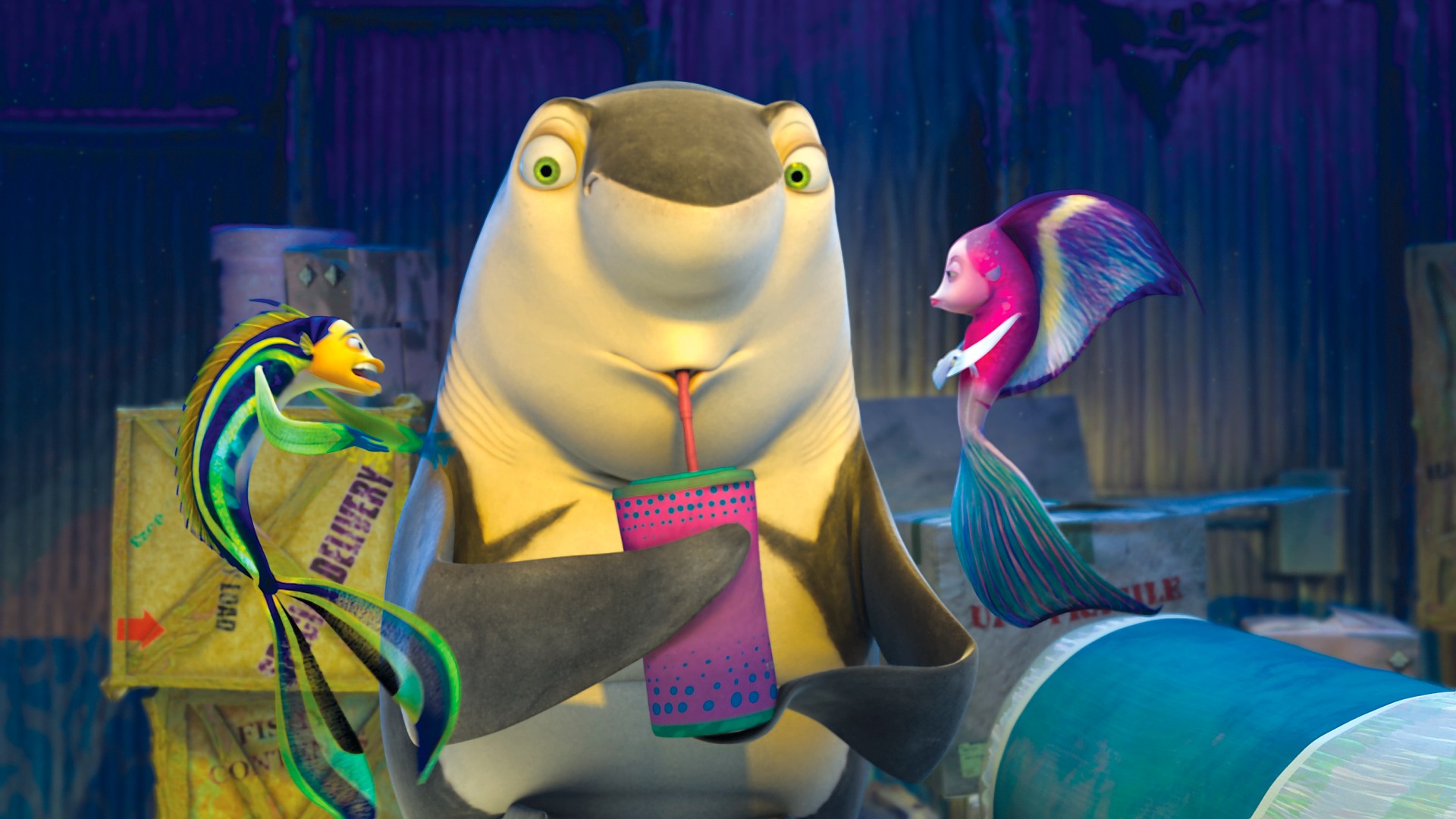
Cue the "Jaws" music and stay out of the water, as we're about to run down the best shark movies of all time.
Since "Jaws" first appeared on movie screens back in 1975, audiences have been captivated by sharks. Since then, we've seen a whole shiver of shark movies from intense thrillers and pulpy horror flicks, to ridiculous monster movies featuring the massive (and mercifully extinct) Megalodon.
Sharks often get a bad rap in movies, being cast as malicious villains and human-eating predators and while fatal encounters between sharks and humans do occur, they're extremely rare. In 2021, there were only 73 unprovoked shark bites recorded worldwide, of which nine were fatal. Still, that natural fear of the unknown and hidden predators lurking under the surface does make for an extremely effective movie villain.
There are some lighter, more family-friendly portrayals of sharks out there too, if you or your kids love these majestic creatures but don't want to sit through 90 minutes of terror. Animated classics such as "Finding Nemo" and "Shark Tale" both have a little more fun with these beautiful creatures.
To celebrate Discovery Channel's Shark Week, which runs from July 24 to July 30 this year, Live Science writers have put together our list of the best shark movies. These aren't necessarily the most scientifically accurate portrayals of our finned friends — in fact, some of them are downright ridiculous — but they're extremely entertaining.
Check back here at Live Science throughout Shark Week for stories about the latest shark science, and you can visit Discovery Channel and Discovery+ to see their complete line up of Shark Week programming or view our Shark Week streaming guide.
Oh, and spoiler warning for the movies mentioned below!
Get the world’s most fascinating discoveries delivered straight to your inbox.
6. Deep Blue Sea
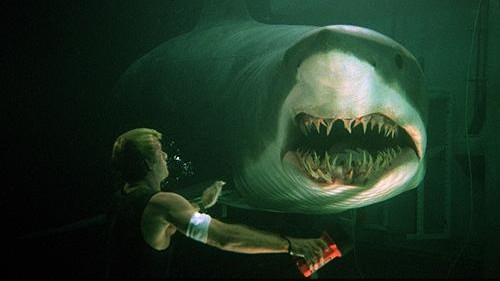
- Release date: July 28, 1999
- Cast: Thomas Jane, Saffron Burrows, Samuel L. Jackson
Genetically-engineered super sharks you say? Count me in. 1999's Deep Blue Sea takes us to an underwater marine biology lab that has been performing experiments on mako sharks to increase their intelligence. And oh no, look at that, the super sharks have escaped, who could have predicted this?
Our heroes have to battle their way through the facility as they're hunted down by the brainy sharks. We see a pack of sharks that put the raptors in Jurassic Park to shame as they swim backward, recognize guns, and use a guy on a gurney as a battering ram to smash a window (no, we're not joking).
We also get to see one of the best death scenes in all of cinema as Samuel L. Jackson's character gives a heroic rallying speech, only for a shark to jump out of the water and eat him. Oh, and LL Cool J teaches us how to make the perfect omelet. Seriously, this movie has it all.
Even without the genetic alterations we see in Deep Blue Sea, mako sharks are impressive and majestic creatures. Considered to be the fastest sharks in the ocean, shortfin mako's can reach speeds of up to 46 mph for short bursts.
Chosen by Ian Stokes, Tech & Entertainment Editor
5. The Meg
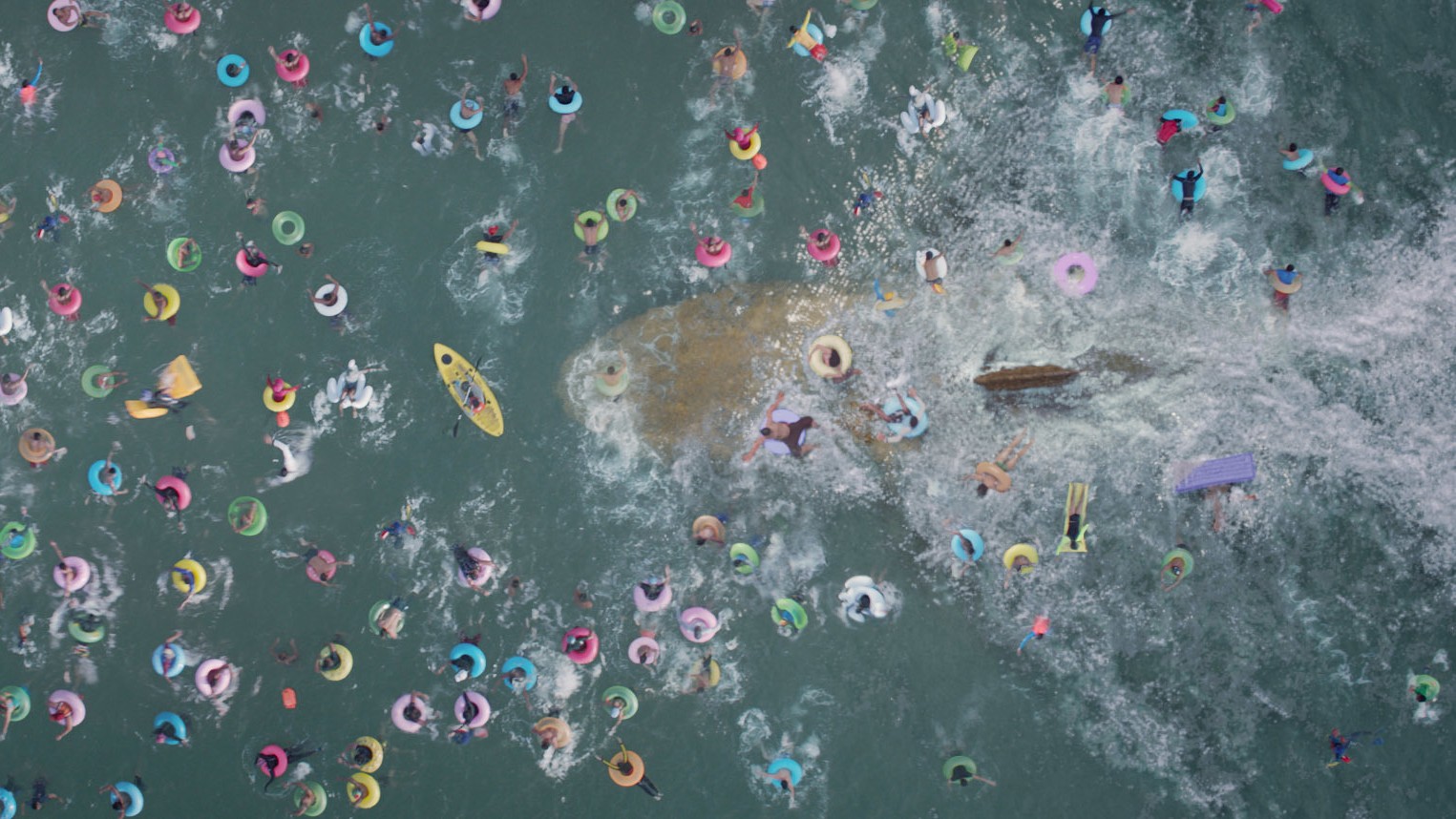
- Release date: August 10, 2018
- Cast: Jason Statham, Bingbing Li, Rainn Wilson
What could be more terrifying than climbing into a claustrophobic submersible and diving to the deepest, darkest part of the sea? Unexpectedly discovering that there's something lurking in the depths that is very big, very scary, and definitely not happy to see you (or maybe it's a little too happy to see you, because you look absolutely delicious).
In the special-effects juggernaut "The Meg," a team of scientists finds that the massive megalodon — the largest shark species that ever lived, and which went extinct millions of years ago — isn't extinct after all. The ocean's a big place and humans can't visit most of it, so it's not that hard to imagine that even 75-foot-long (23-meter) sharks could lurk thousands of feet below the surface, as they do in the movie. That body size, while impressive, is a slight exaggeration; in real life, megalodon grew to be about 60 feet (18 m) long (by comparison, great white sharks usually reach lengths no greater than 21 feet, or 6 meters).
Megalodon teeth disappeared from the fossil record about 2.6 million years ago, which tells scientists that the enormous sharks that once shed those teeth are no more. But it's still fun to see a spectacular and realistically animated CGI version of what could happen if a couple of megalodons had managed to survive to the present day.
Chosen by Mindy Weisberger, Channel Editor
- Watch The Meg on DIRECTV
4. Shark Tale
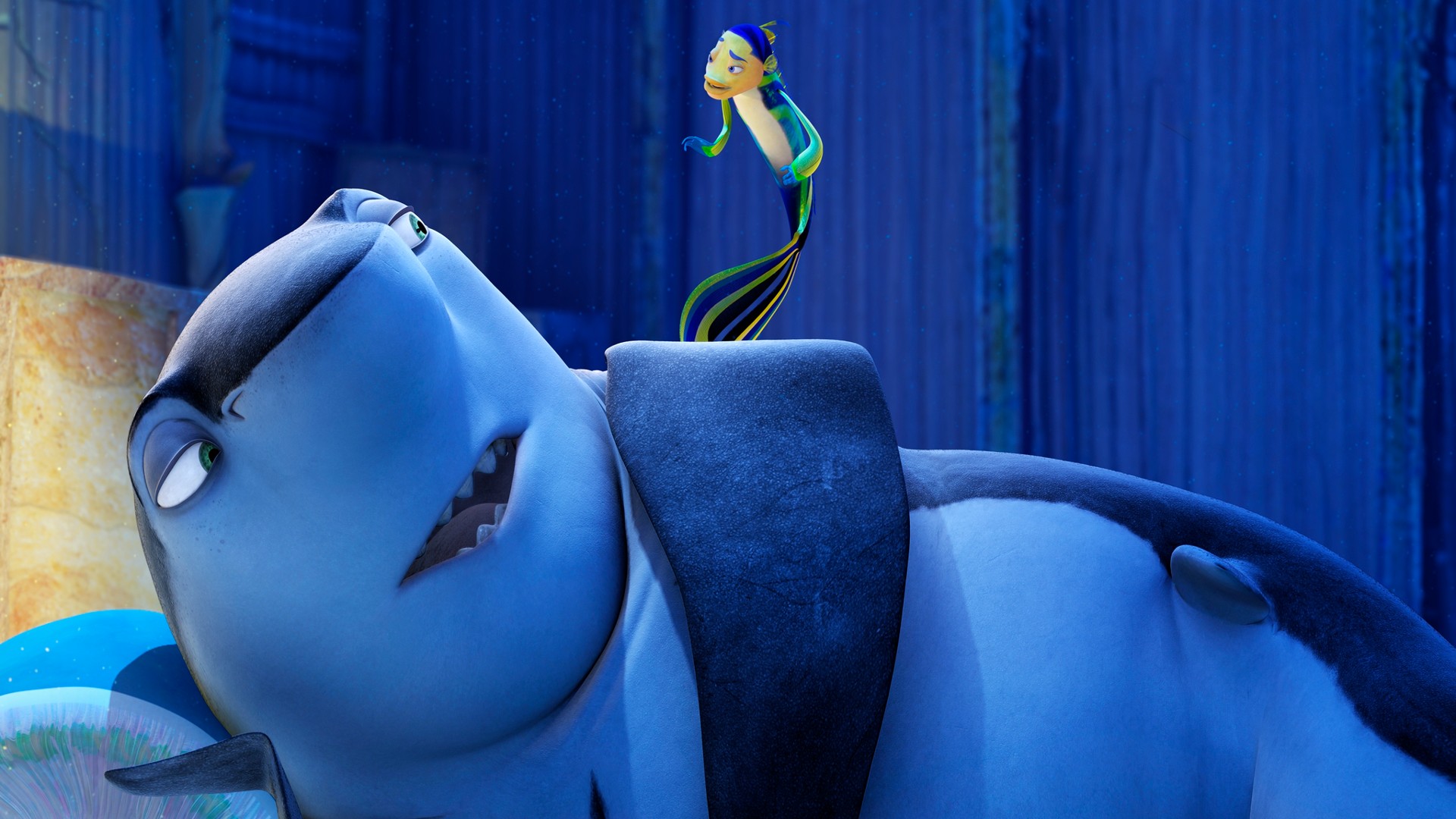
- Release date: October 1, 2004
- Cast: Will Smith, Robert De Niro, Renée Zellweger
Set in an underwater metropolis called Southside Reef, Shark Tale (2004) tells the story of an unlikely pair of friends: Oscar, a puny reef fish who dreams of ascending the city's social ladder, and Lenny, a great white shark who happens to be the son of a prolific mob boss.
Leonard "Lenny" Lino breaks the mold of a typical, scientifically accurate great white shark in that he's a vegetarian who eats kelp and sea grasses instead of fish, seals, sea lions, or dolphins. Lenny's chosen diet more closely resembles that of a bonnethead shark than that of a great white, since bonnetheads consume copious amounts of seagrass in addition to crabs, shrimp, and fish.
Lenny's father, Don Lino, disapproves of his son's lifestyle and pushes him to hunt and kill fish so that he and his brother, Frankie, might someday take over the "family business."
But after Frankie dies in a tragic anchor-related accident, Lenny flees home to hide out with Oscar the fish. The two then devise a convoluted scheme that moves Oscar to the "top of the reef" and keeps Lenny out of sight of his meat-eating, mob boss father. Naturally, the scheme quickly gets out of hand and chaos ensues — and the star-studded cast makes a million Godfather and Jaws references along the way.
Chosen by Nicoletta Lanese, Staff Writer
- Watch Shark Tale on Peacock (U.S.) or Virgin TV Go (U.K.)
3. Open Water

- Release date: August 20, 2004
- Cast: Blanchard Ryan, Daniel Travis, Saul Stein
Scuba diving in The Bahamas was supposed to be a relaxing excursion for Susan Watkins and Daniel Kintner, but their time in the water quickly goes from relaxing to horrific when they resurface only to discover that their tour boat has left them behind after a miscount. With no means to make contact with the boat's captain, the couple finds themselves stranded in the middle of the Atlantic Ocean fighting for their lives against the blazing sun, dehydration, and a bloom of relentless jellyfish. But, just as things couldn't get any worse, a shiver of Caribbean reef sharks begins circling beneath them, ready for their next meal.
Measuring nearly 10-feet in length, reef sharks look eerily similar to great white. Yet, unlike their more aggressive counterparts, they try to avoid human encounters. However, once provoked or threatened, they've been known to lash out in a "threat display" where they'll swim back and forth in a rapid-fire motion as a warning sign, which is exactly what they do in the film.
Based on true events, Open Water (2003) is about as close to reality as a Hollywood shark film can get — the actors wore chainmail as protection during filming — and will make even the bravest of swimmers think twice before dipping their toes into the ocean's murky depths.
Chosen by Jennifer Nalewicki, Staff Writer
2. Finding Nemo

- Release date: May 30, 2003
- Cast: Albert Brooks, Ellen DeGeneres, Alexander Gould
This Pixar classic follows Marlin (confusingly, a clownfish) who is joined by Dory, a regal blue tang, in the search for his lost son, Nemo. Almost immediately, the duo meet Bruce, a great white shark, and his two shark pals, Anchor and Chum.
Despite flashing their pointy teeth, the sharks don't plan to gulp down Marlin and Dory (at least not initially). The sharks are practicing their pledge: "Fish are friends, not food," which apparently doesn't hold any water, because a drop of Dory's blood prompts Bruce to forget about his fish-free diet goals.
We commend the artists behind "Finding Nemo," as Bruce was accurately depicted with serrations in his knife-like teeth. The great white shark even has multiple rows of teeth on his bottom jaw (although these rows are missing from the top of his jaw — whoops!).
And we know animals often get anthropomorphized, but who gave Bruce such a human-looking tongue? While sharks do have tongues (scientifically called a basihyal), they're actually made out of cartilage, not muscle, meaning that sharks can't move their "tongues" like humans can, according to the International Wildlife Museum in Tuscan, Arizona.
However, Bruce's social nature with the other sharks does have scientific backing, sort of. Great white sharks swimming near Guadalupe Island, off the western coast of Mexico, have been spotted swimming in social clubs, often patrolling for food with close buddies or in same-sex pairs, Live Science previously reported.
Chosen by Laura Geggel, Channel Editor
- Watch Finding Nemo on Disney+
1. Jaws
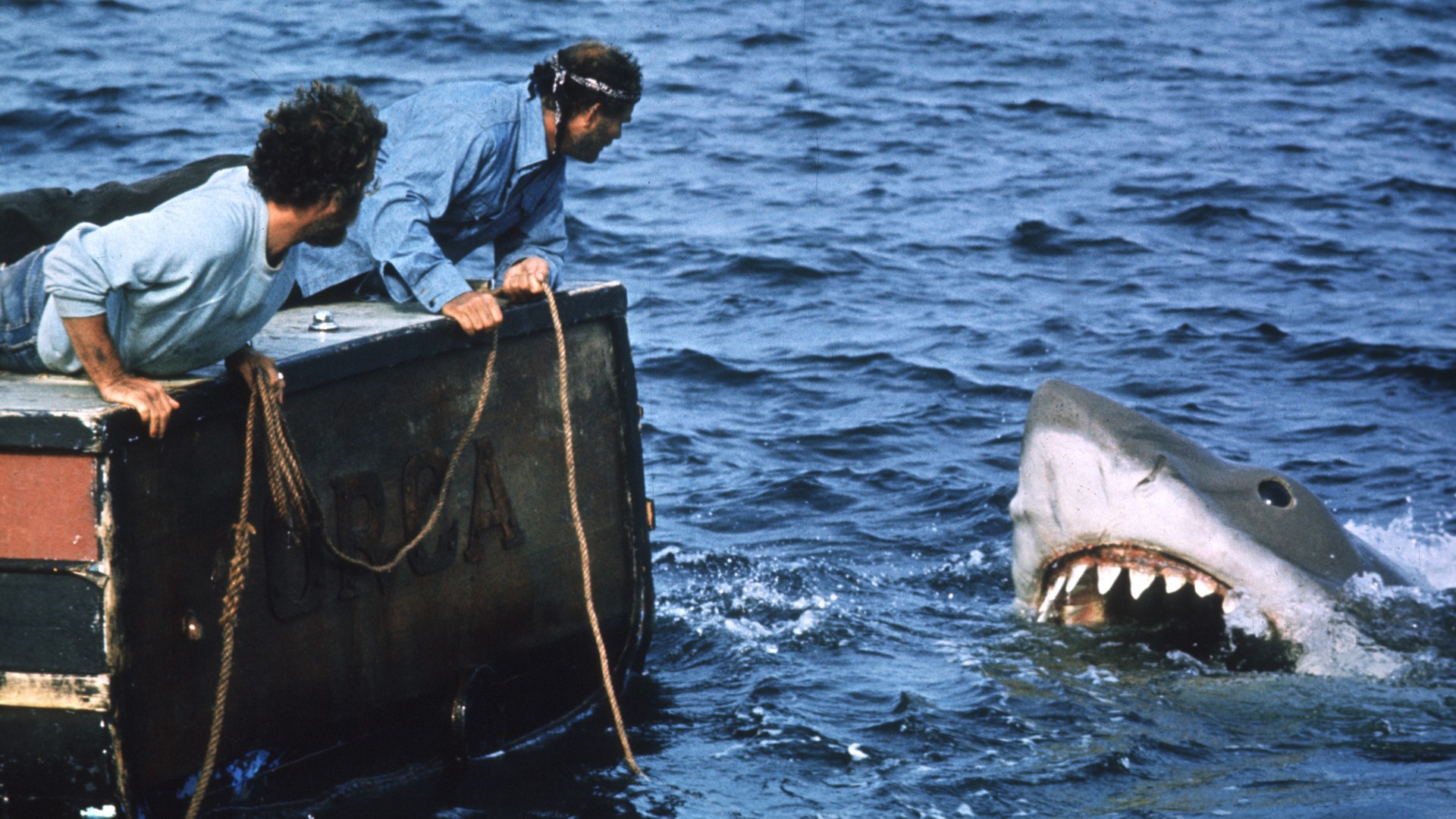
- Release date: June 20, 1975
- Cast: Roy Scheider, Robert Shaw, Richard Dreyfuss
The great white granddaddy himself. Spielberg's 1975 masterpiece staked out an entire genre of monster films and ruined outdoor swimming for generations.
Jaws is a lot more than just a shark film. Sure, the short of it is that it's about a great white shark that's really gotten into eating people. The long, however, is of a small town, pressed by economic necessity, that is forced to keep its beach open for tourist income despite warnings from scientists of mounting danger — followed by the heroic effort of three men to hunt and kill the beast.
Consider all that in light of the Covid pandemic and you'll see why the film has gained some rewatchability. But above its analysis of why institutions fail; where the personal and political intersect; and the chilling elemental wrath of nature, the real red meat of the film is in its deft treatment of its characters. It takes a good amount of time building up our sympathies for them before sending them out on a leaky boat to hunt a giant man-eater, making the film the most compelling study of shark fear this side of getting eaten by one.
Perhaps the greatest element of the movie is that the mechanical shark designed for it never actually worked when Spielberg needed it to. This forced him to keep the titular finned fiend's appearances down to an absolute minimum, a decision that actually made the shark's evil presence feel ubiquitous. Jaws lurks ceaselessly throughout the film's Hitchcockian thrills — plucking up tension in the subtle tugs of fishing lines, the impassive shark's-eye glides of the underwater cameras, and the accelerating heartbeat of John Williams's stomach-knotting score.
Sadly, what the film did for cinema, it certainly didn't do for sharks — at least when it comes to their public image. The flick caused a massive shift in our perception of the mostly shy and reclusive animals, transforming them from largely understudied, liminal creatures to internationally reviled, vengeful killing machines. This fed into an uptick in hunting and killing of sharks by humans; partly fuelling a crash in populations in the Northwest Atlantic Ocean by 89% in hammerhead sharks, 79% in great white sharks, and 65% in tiger sharks in the years since the film's release.
Maybe it's the sharks' turn to make a movie about us?
Chosen by Ben Turner, Staff Writer
- Watch Jaws on Tubi TV and Spectrum on Demand
Ian is a freelance science and technology writer, and formerly the Tech and Entertainment Editor at Live Science & Space.com. With a degree in biology, a PhD in chemistry, and his previous role at Institute of Physics Publishing, Ian is taking a world tour through the different scientific disciplines. He's seeing how long they let him keep this profile photo.
- Jennifer NalewickiJournalist
- Nicoletta LaneseChannel Editor, Health
- Ben TurnerActing Trending News Editor
- Mindy WeisbergerLive Science Contributor
- Laura GeggelManaging Editor


